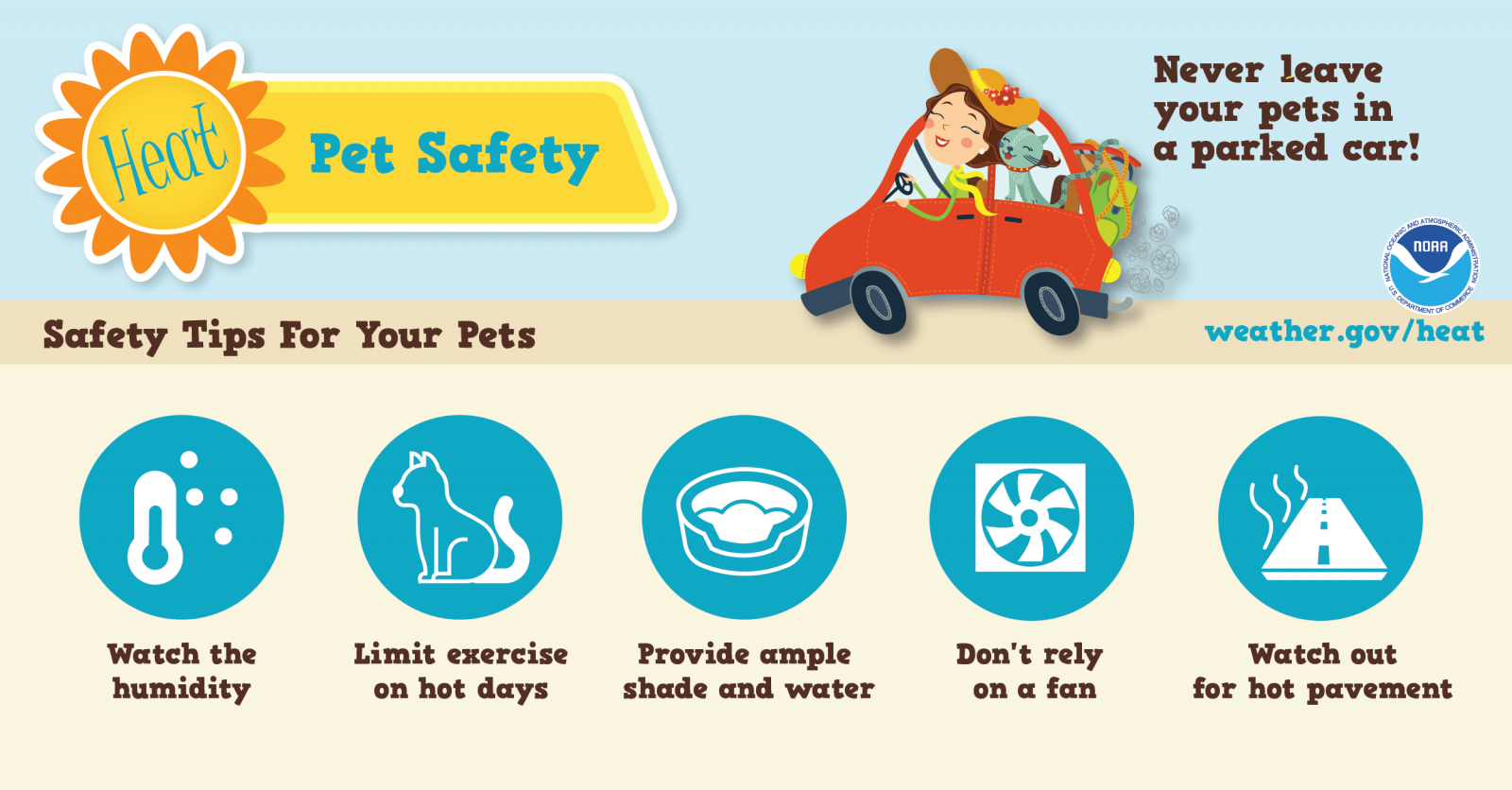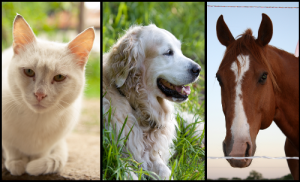Of course our friendly felines need water, food, and shelter like us and their canine cohorts. However, cats have some unique requirements to keep them mentally healthy and happy. Cats truly need a “happy place”. They are territorial control freaks and for the most part prefer not sharing their territory or their resources. Resources include food, water, toys, beds, high perches, litter boxes, scratching posts, sunny windows spots, and hiding places. Cats need to be secure in knowing that they have a safe place to eat, rest, hunt and play without being ambushed. On the contrary, kittens that are raised together can show signs of bonding and friendship. They will sleep together and participate in mutual grooming activities. Cats can also bond with humans and demonstrate their affection towards the human by rubbing their face, sitting close to them or in their lap, and by grooming their human. In general kittens need to be socialized by 8 weeks of age. Play (hunting behavior), introduction to novelty and gentle handling is paramount in raising a confident cat.
Category Archives: Uncategorized
In general healthy cats need only to stay dry and get out of the wind to cope with colder temperatures. However older cats, sick or thin cats, and kittens all need more warmth to stay well. Facebook and Pinterest sites often have great ideas on building simple shelters for cats, if you don’t have access to a shed, garage, or covered porch. Some of the simplest designs include using plastic totes with lids and inexpensive Styrofoam coolers to line the inside. An entrance/exit hole(s) are cut in the sides along with a few smaller holes for ventilation. Lastly bedding material such as straw, shavings, blankets, old towels, or even a heated pet bed is added. Remember cats don’t always share well, so having more than one kitty condo is great.
Water is the most essential nutrient for life. Restricting a dog’s access to water, especially when they are working and playing hard in hot weather can be a recipe for heat stress or worse yet heat stroke. Dogs cool themselves by panting and by sweating on the pads of their paws. About 60% of the heat dissipation occurs via water evaporation from the respiratory tract. If your dog gets overheated first try to cool it down by getting it into the shade, applying cool water to the pads of the feet, chest, front legs, and groin area, slowly walking the dog, getting in front of a fan or air conditioner. You can also run cool water over the dog or mist it, but don’t submerge it. After the dog has cooled down some you can start to offer small amounts of cool (not ice) water every 10-15 minutes or so. Gulping large quantities of water can lead to vomiting. Preventing overheating in the first place is by far the best medicine.
Vehicles as pet ovens! Beware!
With ambient temperatures getting warmer once again, it’s time to keep your pets out of the hot car. The greenhouse effect of car windows and lack of airflow can turn a car into an oven in short order even on a cool (50-60 degree)sunny day. Having water available and shade can be helpful, but don’t get a false sense of security that your pet will be okay inside of a vehicle.
Very young dogs, old dogs, sick dogs, and brachycephalic (short- nose) breeds are especially susceptible to high temperatures. Depending on how warm the dog was and for how long, heat stroke is not always reversible even with emergency treatment.
Don’t take a chance, keep your pet safe!



Wearing costumes can also stress our furry friends
… Fright night for pets?
While Halloween can be a fun spooky night for people, our pets may not share our enthusiasm. Here’s a few things to be aware of:
Yard ornaments like the inflatable ghosts, motion activated skeletons, and people in costumes can scare pets and increase their anxiety levels.
Halloween candy can be hazardous to pets as well, especially chocolate and anything containing the sugar substitute xylitol.
Multiple visits by trick or treaters can drive your pet crazy, especially if the doorbell rings every time and your pet is protective of your property. These dogs may benefit from being confined to a quiet room or crate until the commotion is over.
Additionally Halloween decorations, power cords, make-up, and costumes can pose a threat to pets if they are chewed on or eaten.
Lastly black cats are often targeted by people with less than honorable intentions so keep them inside too.
Here are more tips from The Humane Society of the United States:
www.humanesociety.org/animals/resources/tips/halloween-safety.html

February is National Pet Dental Month
Do they make pet foods designed to help keep my dog’s and cat’s teeth clean?
Yes! Research shows that 70% of cats and 80% of dogs will have some form of dental disease by the age of two years. Sticky plaque build up is the number one cause of periodontal (dental) disease.
Hill’s Science Diet T/D and Purina ProPlan’s DH are both prescription dental foods that are designed to reduce plaque and tartar when fed as the sole diet. The larger unique kibble size is designed to scrape the tooth as it is chewed. Additionally the kibble breaks down more slowly in the pet’s mouth allowing for even more chewing and scraping action.
These foods are formulated to be fed to most adult or senior pets, but consult with your veterinarian to make sure this is a good choice for your particular pet.
Spring is finally here and it’s time to get your animals ready for summer time fun ! Now is a great time to get your pet a preventative health exam and any recommended testing and vaccinations.
! Now is a great time to get your pet a preventative health exam and any recommended testing and vaccinations.
Dogs can benefit from heartworm testing, deworming, and rattlesnake vaccination even if they are up to date on their other vaccines.
Feline leukemia testing and vaccination is in order for cats that will be spending more time outside.
Don’t forget about a good grooming or shave for warmer weather and controlling fleas and ticks with a product like Frontline.
For horse owners, spring is also a customary time to vaccinate and deworm your horse, get his feet trimmed, have blood drawn for a pre-travel coggins test and start an exercise conditioning program.




